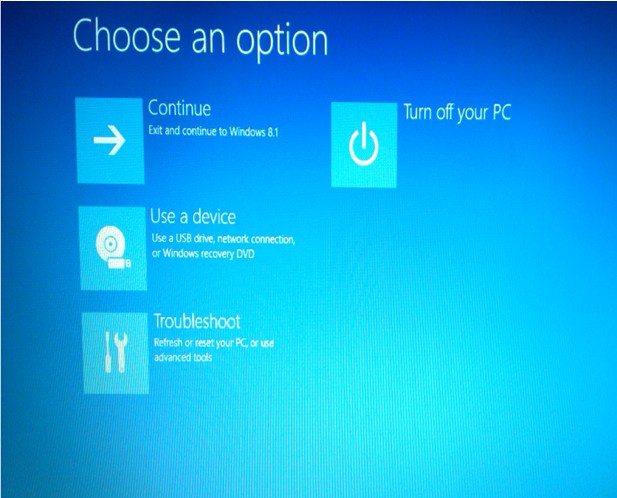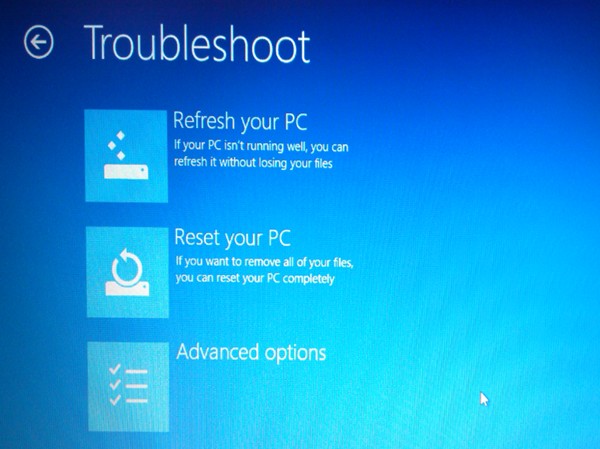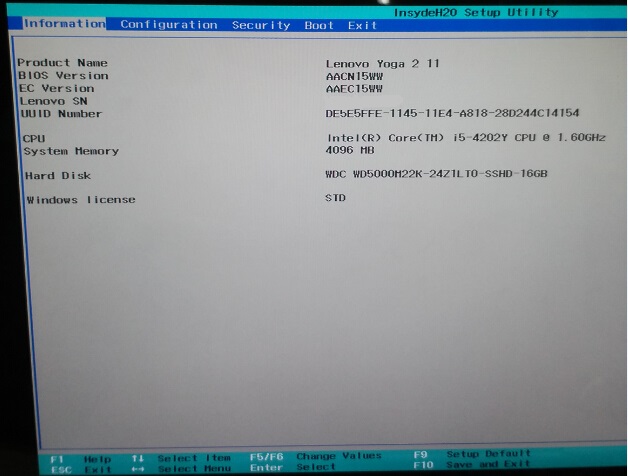Kris, you may have said, but why are you trying Linux? A specific reason, or just fun learning?
My employer has upwards of 20,000 Linux servers.
I sometimes get pulled into that world because of my general background and expertise gained during my 50 year IT career. But that experience was on just about everything EXCEPT Unix/Linux.
My first CompSci instructor taught me one critical thing on the very first day of my very first CompSci class:
Input > Process > Output
He said, “Understand and embrace those three concepts, and it will not matter what the underlying hardware, system, platform or programming language is. You simply ask HOW are we doing these three things on this hardware, system, platform or language and adapt your prior experience to your new reality.
It’s what kept me relevant over my career as we moved from mainframes to mini computers to PCs and Networks to the Web to Virtualization to the Cloud…reinventing myself at each step along the way.
Input > Process > Output
How are we doing it today?






